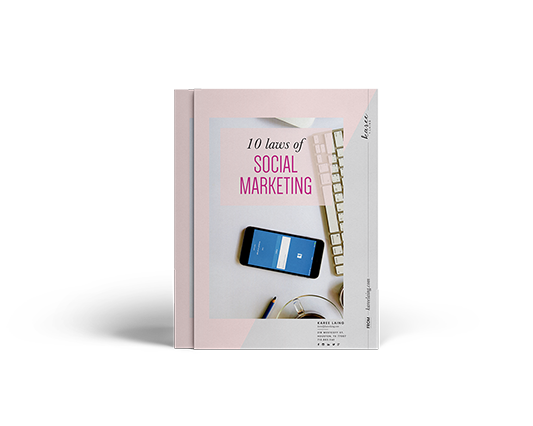Brand Storytelling: Still Relevant in 2015?

Last week, we received a project request from a great organization that’s ready to rebrand their company. Quite frankly, they believed the best way to re-create the company would be to truly tell their story – express to their audience the characteristics, values and attributes that makes them unique and clarifies who they are, what they do and what their business is about.
This makes you think, is brand storytelling really the way to go? Will it have staying power well into 2015? First, let’s start by clarifying what is storytelling? You’ll probably remember when you were a kid your parents used to read you bedtime stories, whether real or not, they generally portrayed fictional events through words and illustrations for the sole purpose of getting you to bed – making you feel happy. ‘Brand storytelling’ is precisely that, without of course, the fictional part. To keep your brand alive and in the minds of your customers, you have to consistently and effectively market it, whether through advertising, a website, or in the media.
Is it Important?
Yes, absolutely! We’re living in a very modern, digital age. When facing a sea of insufficient and mediocre products and services, it’s not all about being bigger or better, it’s about being relevant and connecting with your audience in a meaningful way. This doesn’t mean as a company you inundate your customers with sales pitches. To the contrary, brand storytelling is about creating a lasting connection with your audience through messages that relate, while also providing useful information on the benefits of your company and the importance of creating a relationship that ensures they choose you over the competition on any given day.
Wait, Isn’t Brand Storytelling a Fancy Word for Advertising?
While many may think so, it’s important to understand that while brand storytelling can be considered a major part of advertising, not all advertising or marketing you see on the web is brand storytelling. Brand storytelling engages customers on a more emotional level. It attempts to resonate with a customer’s feelings and gears that feeling towards your brand. Brand storytelling isn’t something new, many businesses have used it for as long as anyone can remember – think Red Bull, Target and Tom’s. It’s regarded as a core marketing strategy, and when done correctly creates loyal customers who will only buy your product or service because they truly feel connected.
What better way to resonate with your customers than to tell them your brand’s story?
By adding an image to your products and services, you’re letting your brand become a living entity in their hearts and minds. You can provide them with a wonderful experience, which will give them all the more reason to be attracted to your brand. And while an image alone will never truly express the essence of your business to a customer, it can certainly stir an emotion that stays with them. So it’s imperative that you keep your brand storytelling creative, engaging and most of all, authentic.
What’s the Most Effective Medium to Tell My Brand’s Story?
Before we continue, let’s answer the original question – will brand storytelling be used in 2015? It most certainly will! A majority of brand storytelling is done via advertising, social media, digital media like videos, interactive mediums, and print. To answer this question for your business, the most important thing to remember is not what medium you choose, but how you use that medium. You can successfully tell your brand’s story on virtually any medium you choose as long as your message meets these five “5” key rules:
- Keep your message short and to the point. Your audience is likely being bombarded with messages from everyone else and if you’re not able to capture their attention in a short burst, you’ll likely not capture it in a long-winded one.
- Be Honest About Your Brand. Marketing today has to move towards honesty and transparency to create effective brand storytelling. Even though you’re crafting “stories,” they need to be rooted in the reality of your brand, products, people and industry. Because the truth is, if there is no real truth to your brand, it will eventually disappear.
- Truly Create A Story. After all, it’s brand story telling and every story has a beginning, middle and end. Every story has a main character and someone you can identify with. Why shouldn’t your brand story be the same?
- Make it Creative and Engaging. Every story, whether totally fictional or not needs to be creative and engaging. While you don’t have to make it up, you can use the facts to create personality and draw attention to your brand. Customers want a reason to choose you; they’re looking for a reason to support your business over the competition and the more engaging and open you are, the better.
- Keep your Story Relevant. With the ever-changing digital media, what may be relevant today may be rubbish tomorrow. With this being said, keep in mind that creatively developing an authentic voice may sometimes takes years, if not decades. Be willing to adapt and be flexible when trying to create an authentic perspective that will last you a lifetime.
So, if you’re still thinking about whether or not you should use brand storytelling for your products and/ or services, then the next question is – what are you waiting for?


No Comments